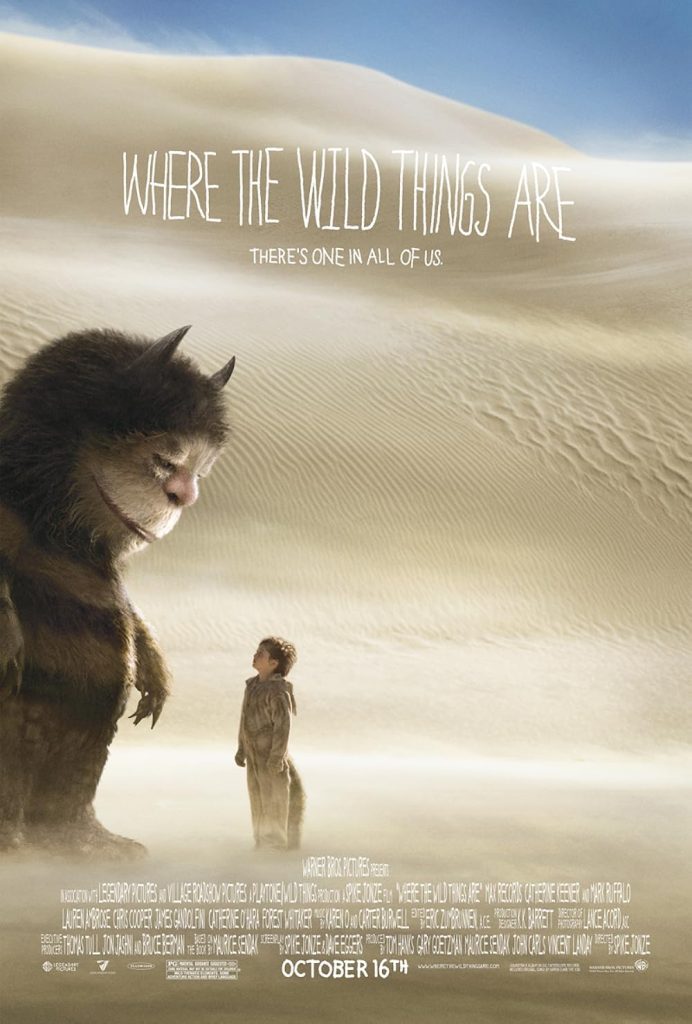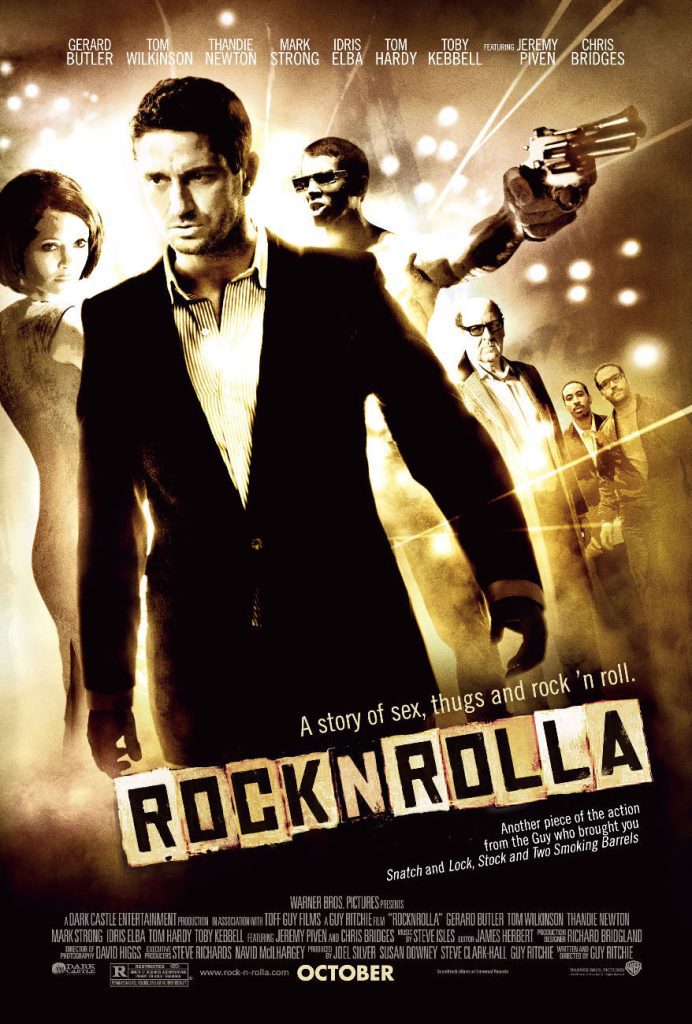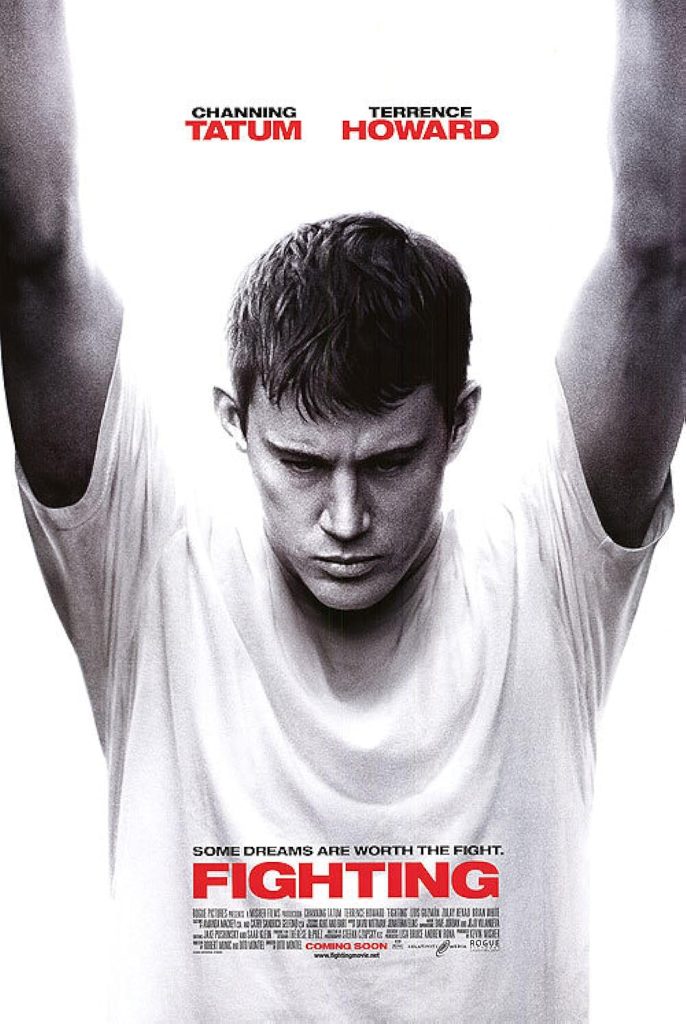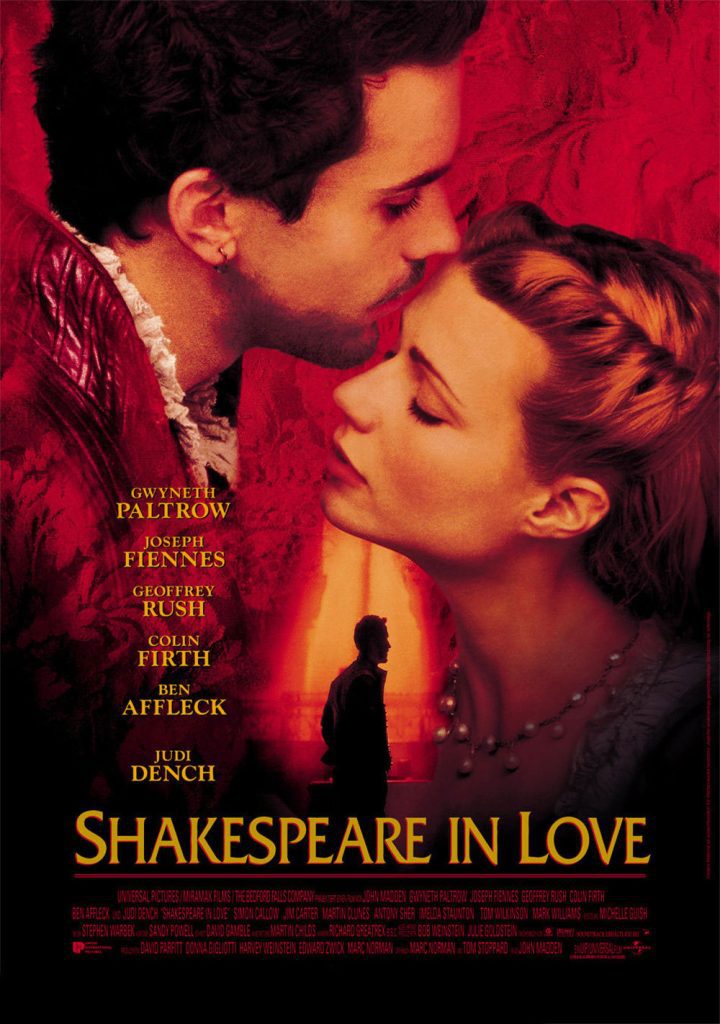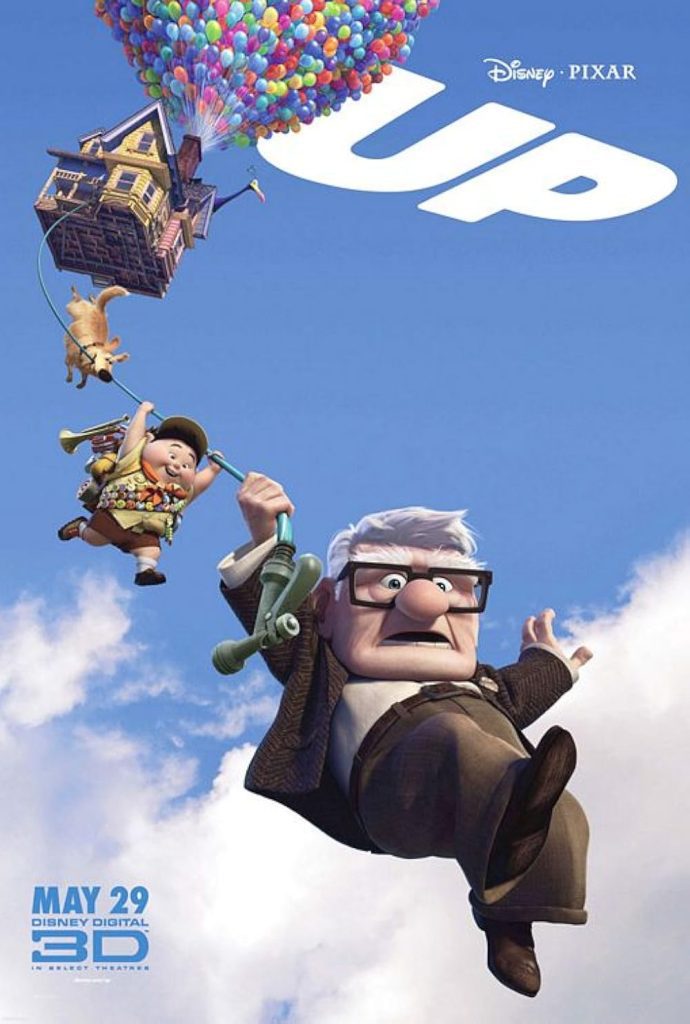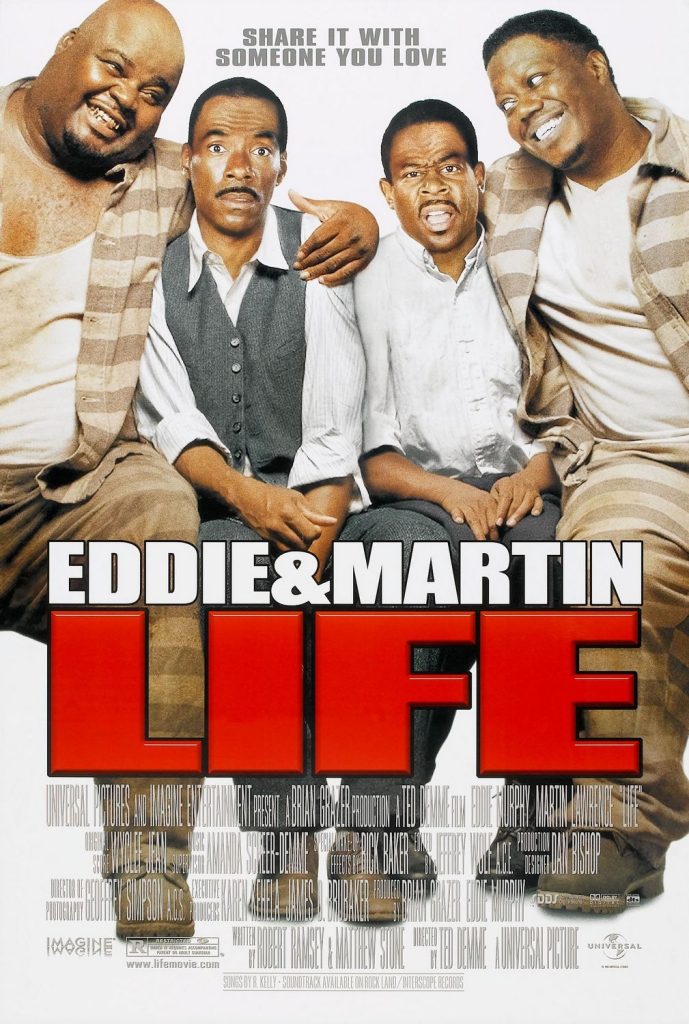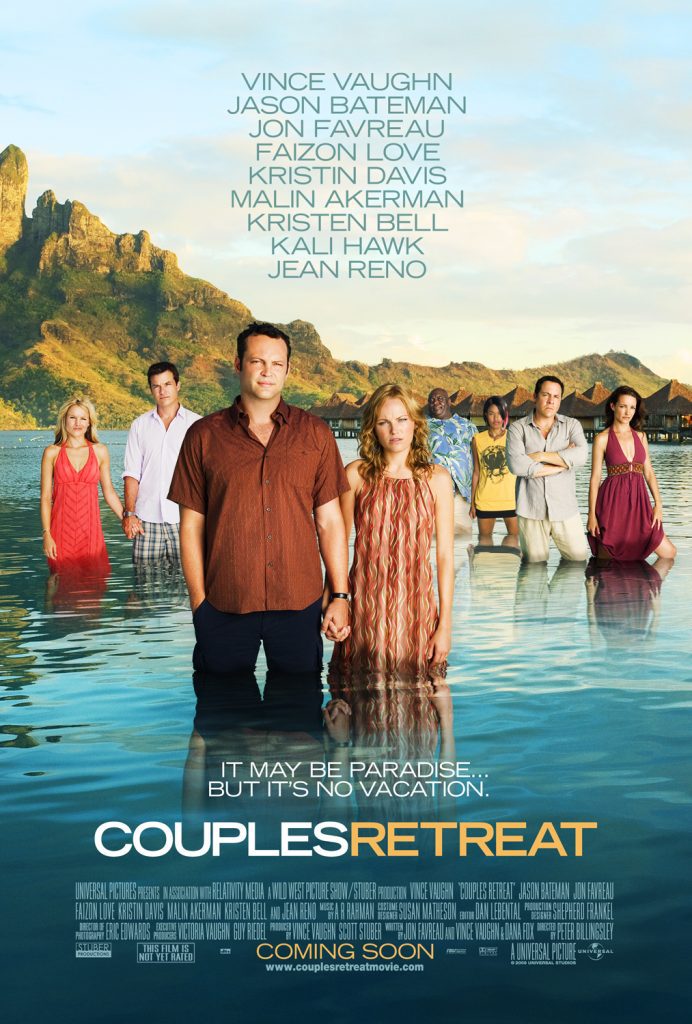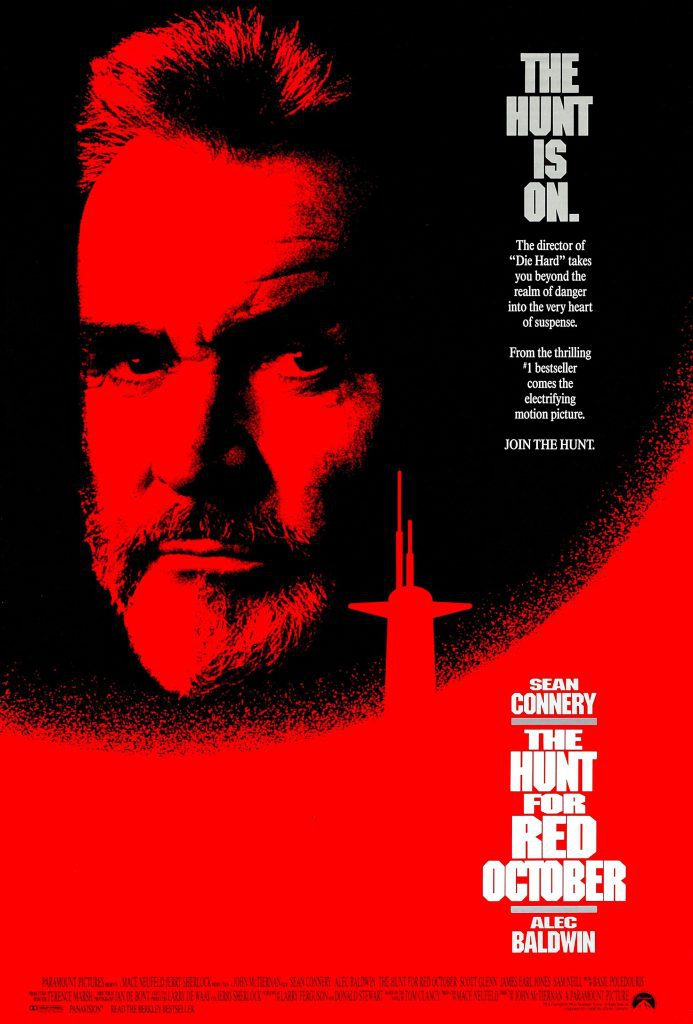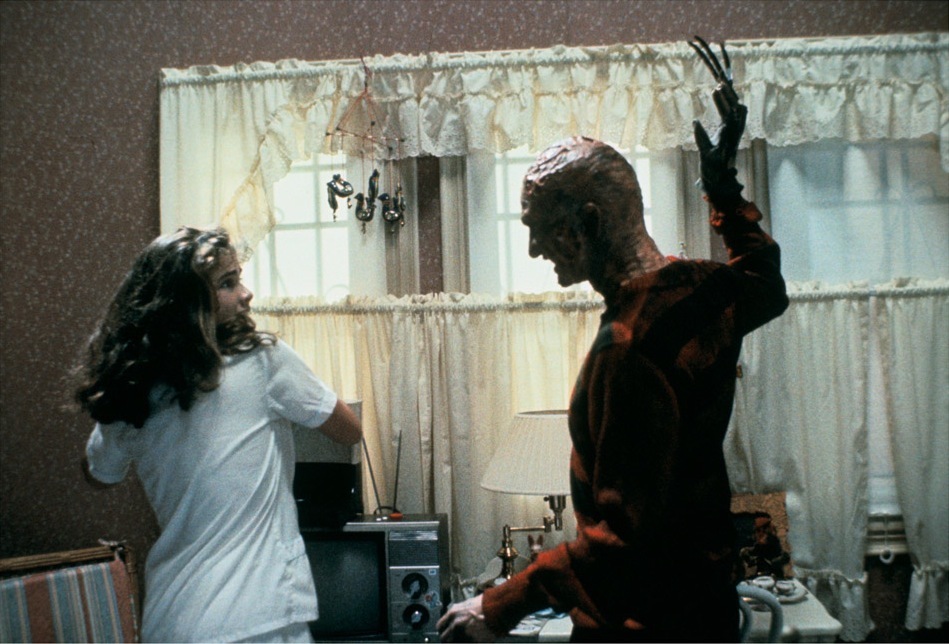
As the kiddies prepare to celebrate the evil of this dark world by dressing up like Pokémon and rotting their teeth out with candy, let us not forget the other tradition of Satan’s fine holiday: scary movies, and they don’t get much scarier than A Nightmare On Elm Street.
The late 1970s and early 1980s were a booming time for horror. The so-called “slasher” movies became somewhat mainstream with John Carpenter’s Halloween in 1978. Some of the most iconic, memorable, chilling horror movies ever were released during that time — the aforementioned Halloween, The Thing, The Evil Dead, Alien, Friday The 13th, The Amityville Horror, Poltergeist, and, of course, A Nightmare On Elm Street.
A Nightmare On Elm Street was the brainchild of Wes Craven. He may be the most over-educated director to specialize in horror films — he has a Master’s Degree in writing and philosophy from Johns Hopkins University. His directorial debut was 1972’s Last House On The Left, which itself is a horror classic. In between that movie and 1984’s A Nightmare On Elm Street, he directed several other horror-genre film and television projects, including The Hills Have Eyes and Swamp Thing. A Nightmare On Elm Street made him a household name, but he did not match the success of that film until 1996. The horror genre had run its course during the ’80s, mostly because filmmakers were so quick to cash in on the popularity by releasing inferior sequels and lame knock-offs. Then along came Scream. Scream was ostensibly a parody of the slasher genre that Craven was so instrumental in making as popular as it was. It introduced a whole new wave of horror-lite. But I digress.
A Nightmare On Elm Street introduced one of the great icons of horror: Freddy Krueger. With his beat-up fedora, red-and-green sweater, and blade-tipped glove, he stalked teenagers in their dreams through six movies before being sent back to hell. A seventh movie, Wes Craven’s New Nightmare, brought Freddy into the “real world” to haunt Heather Langenkamp, the star of A Nightmare On Elm Street. A movie is in the works that would pit Freddy against Jason Voorhees, the hockey mask-wearing killer of the Friday The 13th movies.
Alfred Hitchcock’s masterpiece, Psycho, frightened millions because it portrayed someone falling victim to a killer at their most vulnerable time and when they least expected danger — while taking a shower. A Nightmare On Elm Street uses a similar conceit to terrify the audience. We consciously have little control over our mind when we are in the dream state, and to have all power stripped from us by an outside entity in a way that affects us not just mentally but physically and mortally…chilling.
One of the reasons that Freddy is so effective is that the man behind the latex burns and plastic glove — Robert Englund — imbues him with menace and evil that seems to go beyond mere acting. Of course, anyone who has seen Englund without the makeup knows that he is a charming, friendly guy. That dichotomy is used to good effect in Wes Craven’s New Nightmare, where he plays both himself and the spectral killer. Prior to A Nightmare On Elm Street (and following it, for that matter), most of his work had been in the horror genre. His early credits included bloody (and bloody awful) films like Slashed Dreams, Eaten Alive (I’ve seen it — you should read my review, posted at this site), Dead And Buried, Galaxy Of Terror, and A Star Is Born. He also appeared in the 1983 sci-fi television miniseries “V.” He played Freddy in all seven theatrical pictures as well as on the “Freddy’s Nightmares” TV series. His post-Freddy work mostly ranged from bad to awful horror, such as a horror version of The Phantom Of The Opera, Dance Macabre (in which he plays the leader of a dance troupe who also happens to be a serial killer), Wishmaster (produced by Wes Craven in his pre-Scream slump years), and The Adventures Of Ford Fairlane. If only they hadn’t killed off his character in Urban Legend, he could’ve appeared in the inevitable (and inevitably bad) sequel. Too bad, because he was one of the most interesting parts of the movie, and they didn’t even kill him off in an interesting way…
I guess that is a rather dismissive account of the career of someone who will be remembered among the ranks of great horror actors. It’s also unfortunate that I have to be equally dismissive to the rest of the cast, with one notable exception. Heather Langenkamp was at the top of her form in A Nightmare On Elm Street, but that’s not saying much. She has little to do other than scream (which she does rather well) or whine (which is annoying, no matter how good you are at it). At least she’s better than in Nightmare On Elm Street 3: The Dream Warriors, where accepting her as a psychiatrist takes more suspension of disbelief than any of Freddy’s very over-the-top slayings. John Saxon (who plays Heather’s father, who’s a police officer) had a track record of having an overly-large head on his shoulders, thinking he brought legitimacy to low-budget films. A Nightmare On Elm Street is one example, as well as Enter The Dragon — he thought he was the box office draw, when in reality people were going to see Bruce Lee kick some ass. Ronee Blakley (who played Heather’s mother) was nominated for an Academy Award for the Robert Altman film Nashville. A Nightmare On Elm Street seems to have been the nail in the coffin of her career; she appeared in a handful of other productions before disappearing from acting in 1990. She was a country singer prior to becoming an actress (as far as I can tell, she only released one self-titled album in 1972, though supposedly she sang backup for Bob Dylan), so perhaps she has returned to her musical roots. I turned the web upside down and couldn’t find any sordid information, so I can’t say she went into drug rehab or a mental institution or anything. She did some promotional work for the 25th anniversary of Nashville, but other than that…nothing.
Okay, so who was the notable exception? The star of “21 Jump Street,” Benny And Joon, What’s Eating Gilbert Grape, Donnie Brasco, Edward Scissorhands, Ed Wood, and Sleepy Hollow: Johnny Depp. A Nightmare On Elm Street was his “auspicious” feature film debut as Heather Langenkamp’s dweeby boyfriend. He gets the honor of being the last teen to die in the movie, and the runner-up prize for Goriest Death Scene (sorry, being sucked into a bed in a fountain of blood isn’t as cool or gory as being dragged around a ceiling by an unseen assailant).
New Line released A Nightmare On Elm Street as part of a mondo box set, but it is also available separately (as are the other entries in the series). I believe there a few subtle differences between the box set version and the stand-alone version, so I must clarify that this review is of the stand-alone version. The film is presented both in 1.85:1 anamorphic and full-frame, selectable from the menu. The transfer has been remastered, but still shows its age. Colors are generally accurate, and the black level is appropriately rich, but detail can be lacking in the darkest scenes. Film grain and specks are noticeable throughout. Audio is presented in its original mono and in a remixed Dolby Digital 5.1 track. What can I say about the mono track? It’s mono — that’s all there is to it. On the other hand, the remixed 5.1 track is impressive, though it shows its age too often to be mistaken for a spanking-new surround mix. The score is spread around the channels throughout, and the surrounds are used extensively for split effects. Extras consist of a commentary track, a “Jump to a Nightmare” menu, the theatrical trailer, and DVD-ROM features. The commentary features Wes Craven, Heather Langenkamp, John Saxon, and cinematographer Jacques Haitkin (though you won’t find his name on the packaging; I guess the designer was too lazy to look it up). Craven is full of useful information, and you can see that he is much more intelligent than his movies would lead you to believe. He talks of the philosophical and psychological implications of the Freddy character. On the other hand, Langenkamp is so giggly you’d think she was hitting the Happy Pipe in the background, and Saxon is rather monosyllabic. It’s an interesting listen. The “Jump to a Nightmare” menu allows you to jump directly to the dream sequences with Freddy, allowing you to skip all the tiring exposition.
I think a balanced view of A Nightmare On Elm Street has already been presented. No further ravaging is necessary. Have a happy Halloween, and treat yourself to A Nightmare On Elm Street. The DVD is worth the purchase price, and it’s the sort of movie you can watch over and over.
If you look closely in one scene, Heather Langenkamp is watching Sam Raimi’s The Evil Dead. In that movie, there’s a torn poster of Wes Craven’s The Hills Have Eyes hanging on the basement wall of the haunted cabin. In response, Raimi included a replica of Freddy’s razor glove in the background of a scene in Evil Dead 2.
For more movies visit Soap2day.
